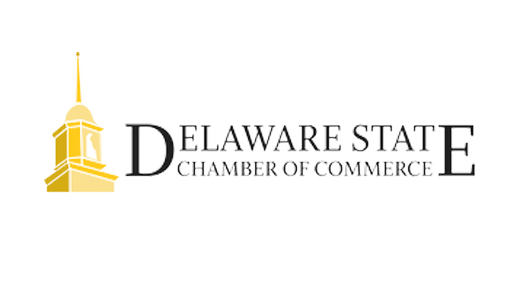July 15, 2019
With emerging technologies arising every day, firms in all sectors are rushing to implement technology in hopes of improving their business operations. While new technology is often exciting, it is important for financial firms to take several things into consideration when integrating tech into their business. Some factors to consider include whether the new tech will work with existing systems, and if your financial firm has the necessary resources to integrate the new technology and new security risks that come with new technology. Failure to consider factors like these can result in costly damages and wasted time and manpower.
The first step a financial firm should consider when implementing new technology is the specific problem the new technology is solving. Often, firms succumb to adding new technology under falsely perceived productivity.
There should be an organizational objective for which the new technology is needed in order to be implemented into the firm. There must also be a process or audit where specific outcomes reached by the new technology can be measured. This will help determine whether the new technology is having a real effect on your financial firm or not. Aside from the bottom line, any new technology your financial firm is adopting should improve workflow and productivity significantly to guarantee a return on investment.
In addition, financial firms should plan on increased security threats during their transition to the new technology. New technology generally brings new areas of security risk that a firm hasn’t seen before. It’s important for the firm as a whole to recognize the new risks and plan accordingly. If the technology is being implemented in-house by an IT team, it’s important to meet and go over all the potential loopholes of the new technology and make a procedure to deal with any situation that arises. New tools to help navigate and address security risks also come with the new technology risk; AI and machine learning can help detect issues in network security, encryption and other cyber security threats. These tools can be implemented into the new security procedures for the technology prior to its integration in the firm.
Lastly, it’s important to ensure that your firm has sufficient resources in people and tech to make the transition to the new technology as smooth as possible. Some firms do not have enough capital to maintain a cloud environment or enough servers to maintain a new technology. Factoring the price of maintaining the new technology in addition to its retail price is vital before purchasing. Also, some new technologies require an in-house IT team to be effective. This is important to note prior to purchasing a new technology, as not every financial firm has employees that are technically adept for managing new technology.
You may also want to Read:
Cyber Security Threats To The Financial Sector
What Financial Firms Need To Know About Employees Working Remotely
5 THINGS FINANCIAL FIRMS NEED TO KNOW ABOUT CYBER SECURITY
The post The Risk of Integrating New Technology to Financial Firms. appeared first on Fairdinkum.


